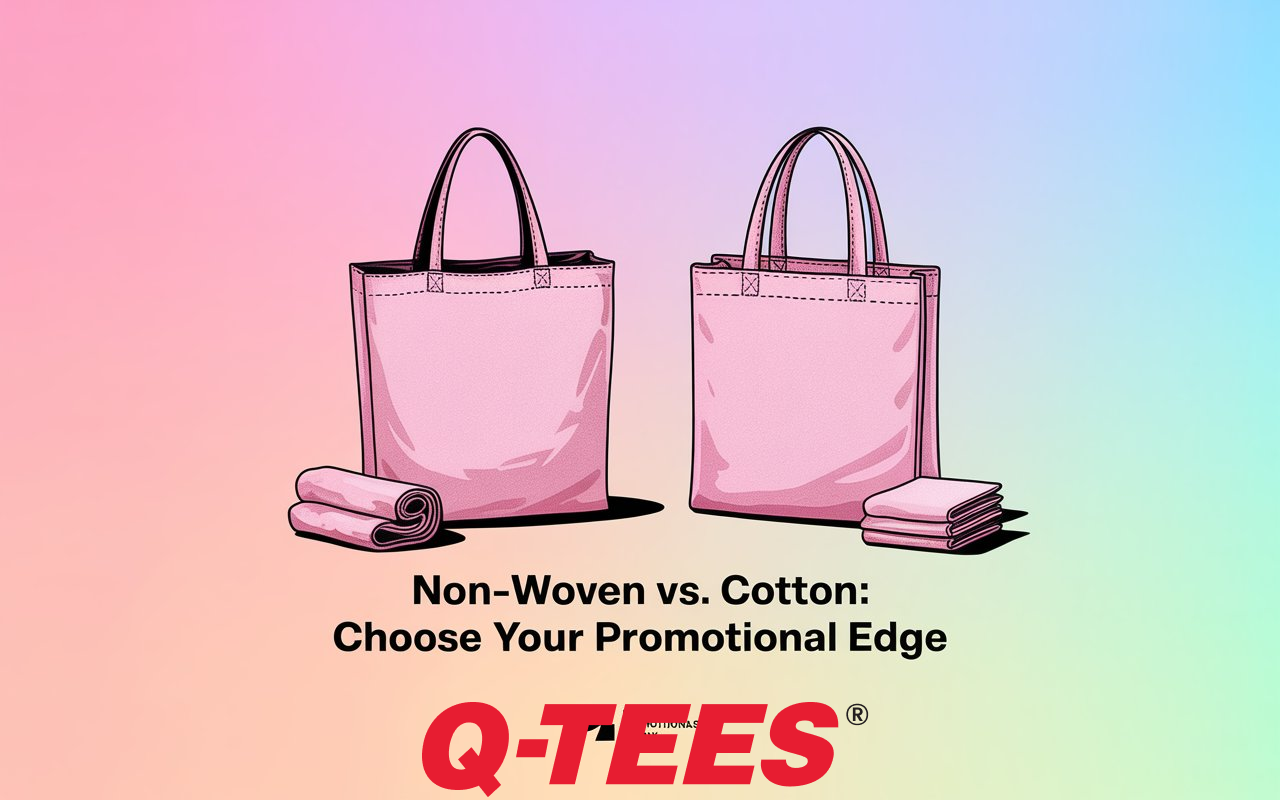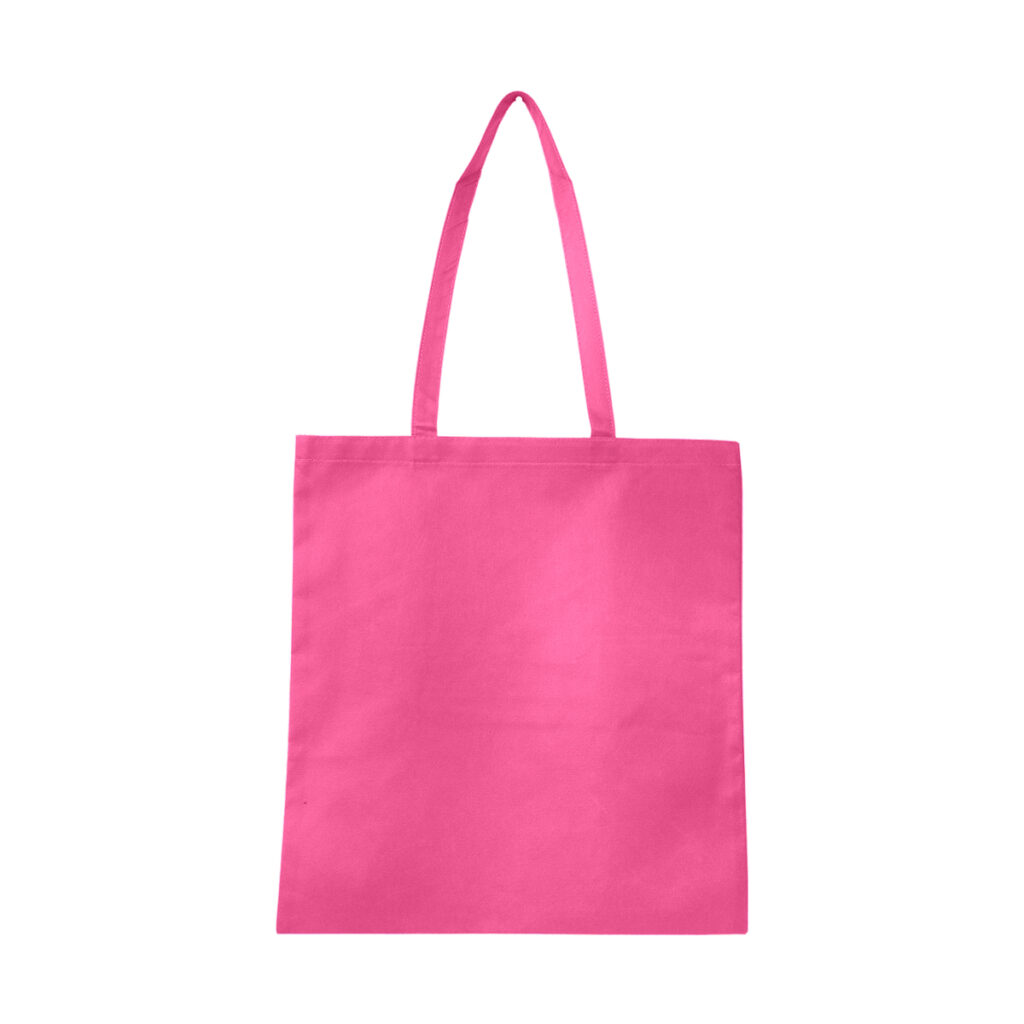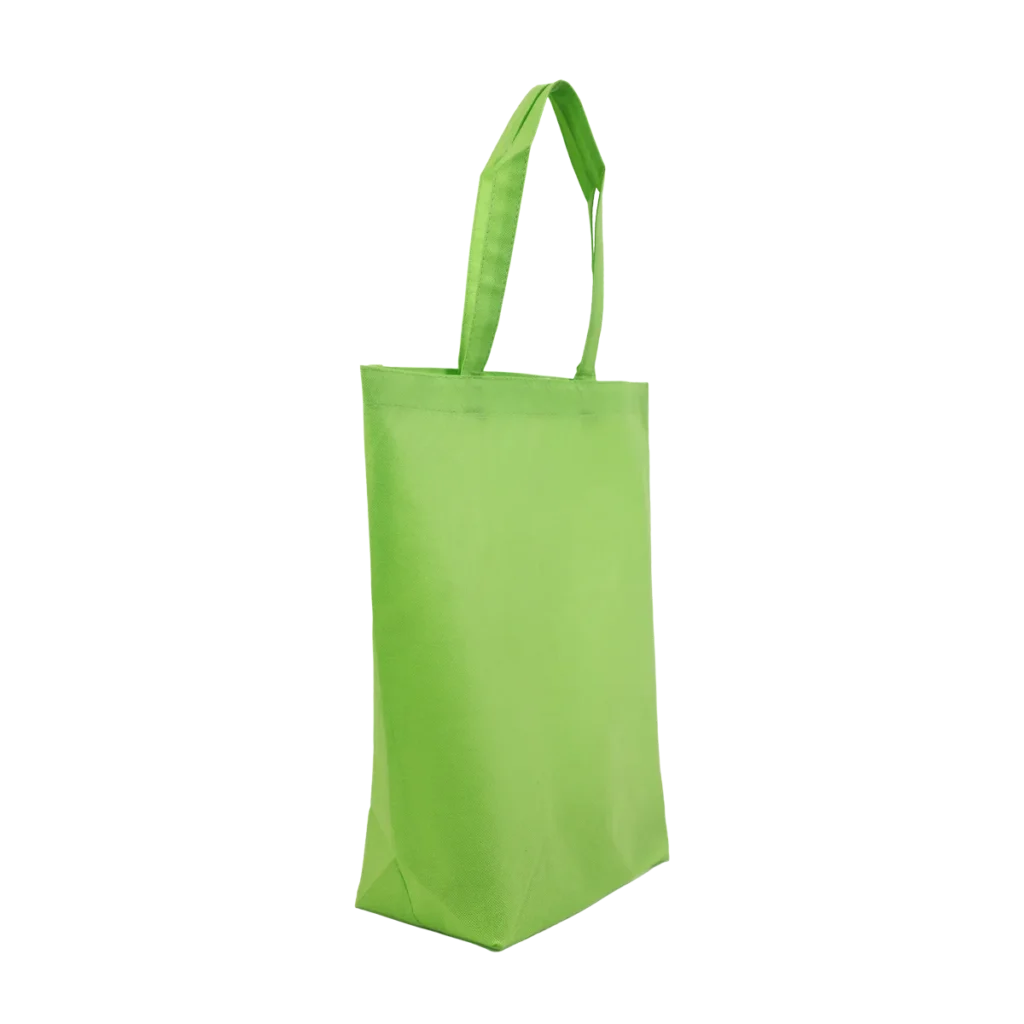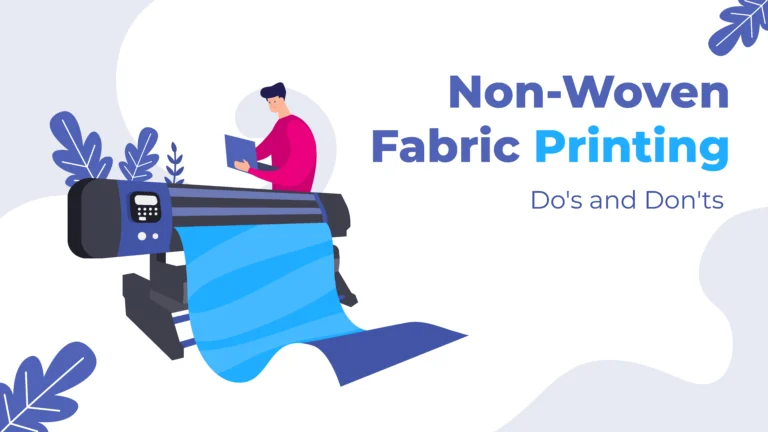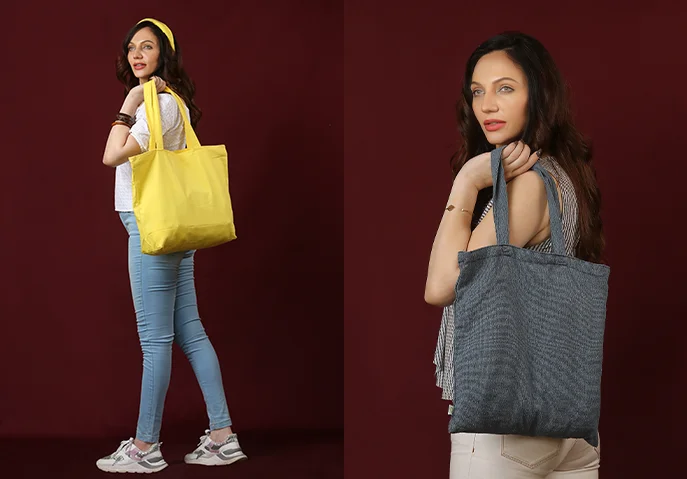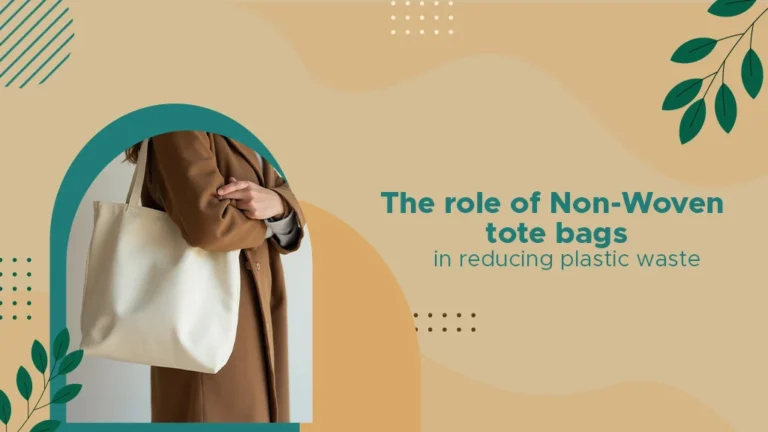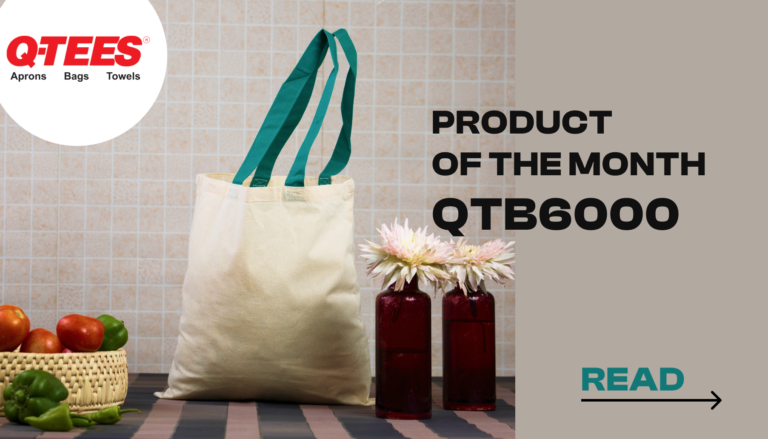Non-Woven Fabric vs. Cotton Sheeting: Which Is Better for Your Promotional Needs?
When it comes to promotional products, especially bags and apparel, the…
When it comes to promotional products, especially bags and apparel, the choice of fabric plays a significant role in perceived value, usability, and sustainability. Two popular options in the promotional industry are non-woven fabric and cotton sheeting. While both serve the purpose of offering branding space and utility, they differ vastly in texture, durability, cost, and eco-friendliness. Here’s a detailed breakdown to help you decide which fabric is the right choice for your campaign or product line.
What is Non-Woven Fabric?
Non-woven fabrics are engineered materials made by bonding fibers together using heat, chemicals, or pressure rather than weaving or knitting. These fabrics are commonly made from polypropylene, a type of plastic, and are often used in disposable products or low-cost promotional items like tote bags and shopping bags.
Pros:
- Lightweight and affordable
- Water-resistant to some extent
- Available in many colors
- Great for short-term use and budget-conscious campaigns
Cons:
- Less durable over time
- Limited washability
- Generally less eco-friendly than natural fibers
Popular Non-Woven Products from Q-Tees:
What is Cotton Sheeting?
Cotton sheeting fabric is a smooth, durable textile made from 100% cotton, commonly used for bed linens like sheets and pillowcases. It is tightly woven, usually in a plain or sateen weave, offering a soft feel and breathable comfort. Available in various thread counts, higher counts provide a finer, more luxurious texture. Cotton sheeting fabric comes in percale for a crisp, matte finish or sateen for a silky, lustrous look. Its wide width makes it ideal not only for bedding but also for quilting, curtains, and lightweight garments. Easy to wash and long-lasting, it’s a popular choice in home textiles.
Pros:
- Natural and biodegradable
- Durable and washable
- Soft texture and premium feel
- Accepts a variety of printing techniques
Cons:
- Higher cost than non-woven
- Can shrink or wrinkle if not treated properly
- May absorb moisture more easily
Popular Cotton Sheeting Products from Q-Tees:
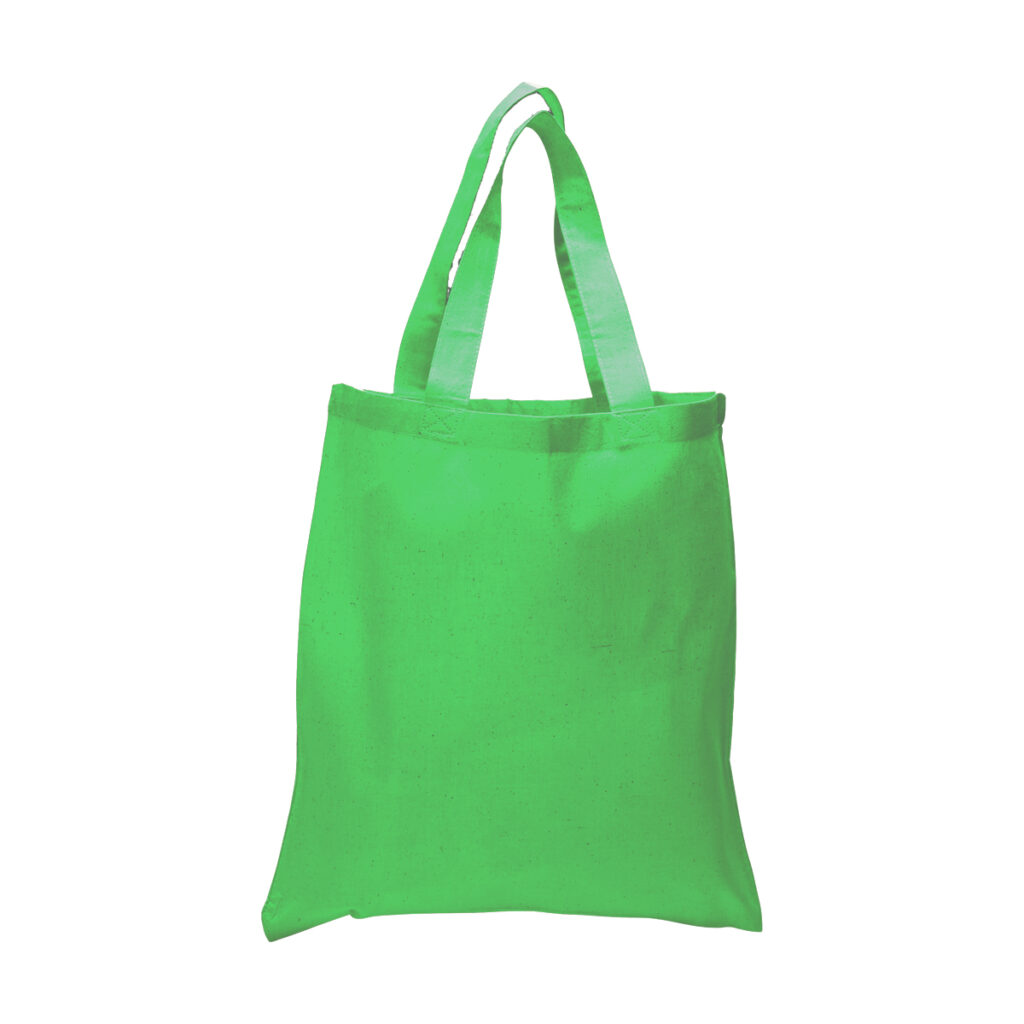
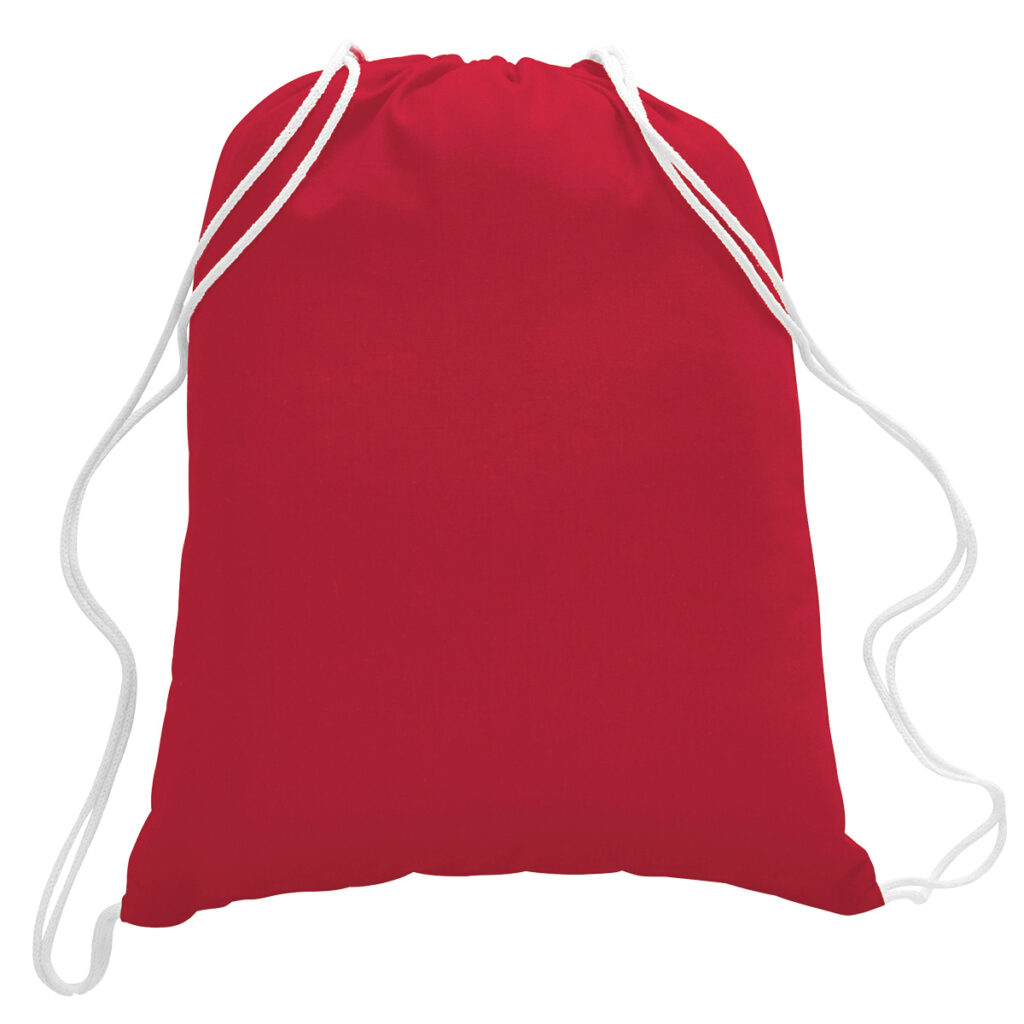
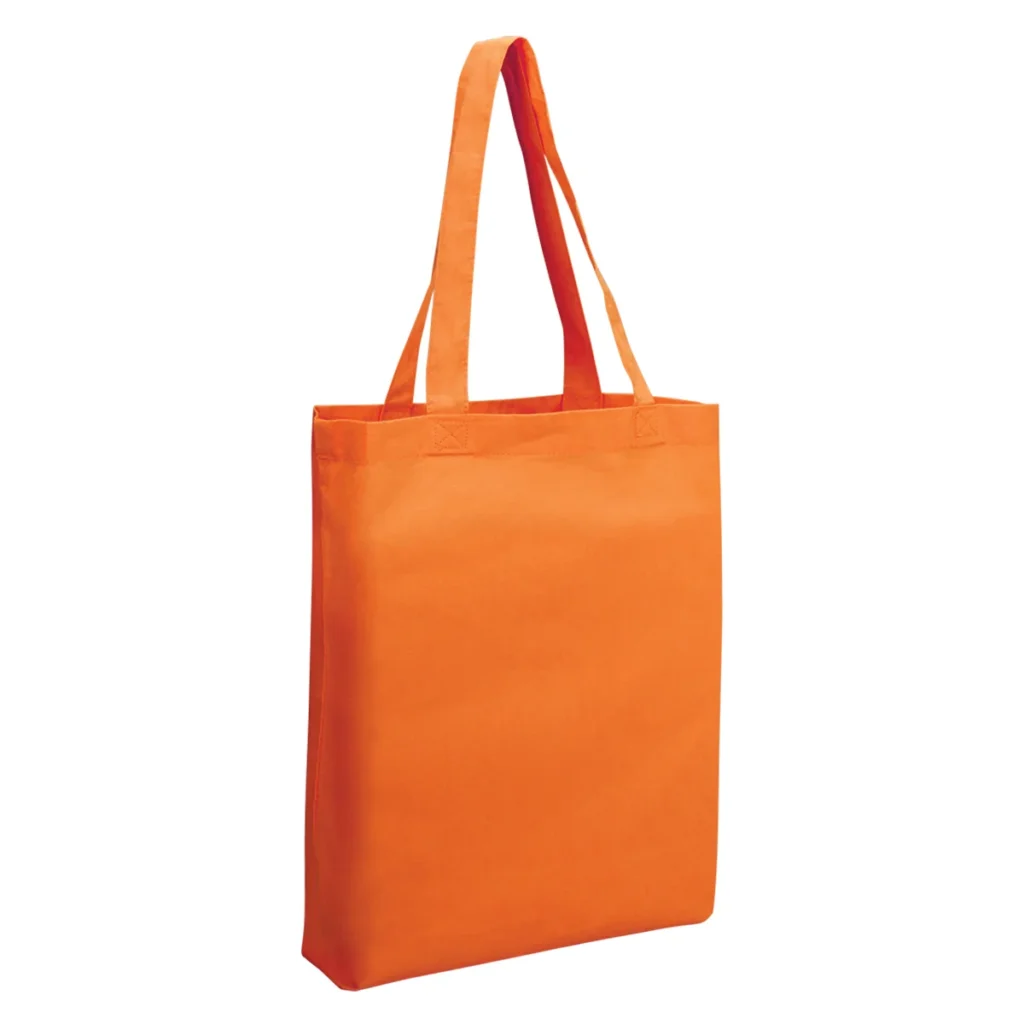
Printability & Customization
Non-Woven: Works well with screen printing and heat transfers, though the texture can sometimes interfere with fine details.
Cotton Sheeting: Extremely print-friendly. Cotton sheeting offers a smooth surface ideal for screen printing, DTG (Direct to Garment), and embroidery.
Durability
Non-Woven:
Suited for occasional use. It may tear or degrade with regular wear.
Cotton Sheeting:
Can last for years with proper care, making it ideal for long-term brand visibility.
Sustainability
Non-Woven: Though some types are recyclable, most are petroleum-based and not biodegradable. However, some manufacturers are using recycled polypropylene.
Cotton Sheeting: Made from natural fibers and is biodegradable. Organic and recycled cotton options are even more sustainable.
Cost Comparison
In terms of pricing, non-woven products are typically much more affordable, which is why they are a top choice for bulk promotional giveaways and limited-time campaigns. They offer the benefit of low investment with high volume, making them perfect for high-traffic events like trade shows.
On the other hand, cotton sheeting products require a slightly higher initial investment but pay off in quality, reusability, and brand value. Their longer lifespan makes them a more economical choice in the long run for companies focusing on sustainable branding.
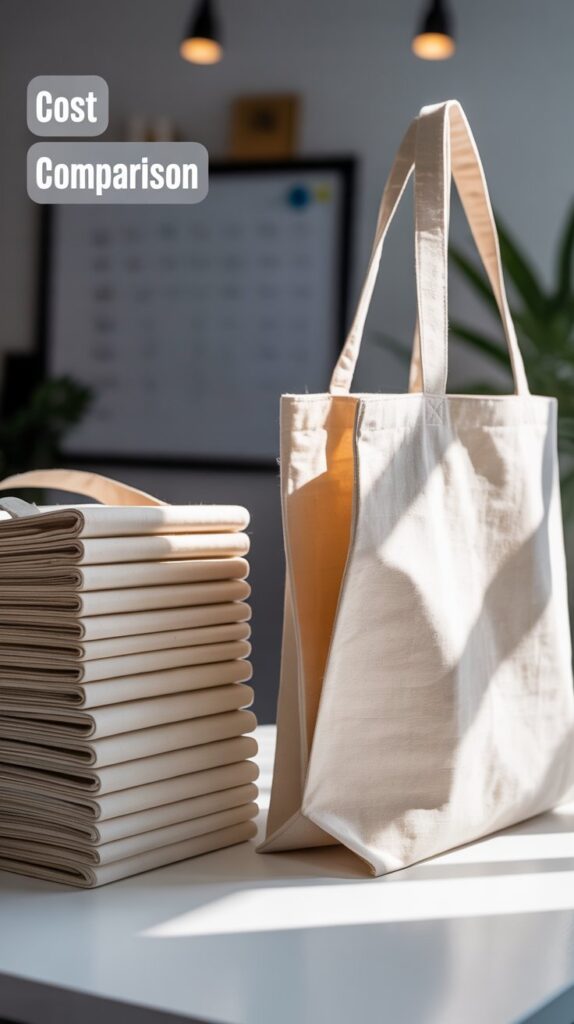
Audience Perception
The material you choose also affects how customers perceive your brand. Cotton sheeting is often associated with quality, eco-consciousness, and care—perfect for premium promotions, retail packaging, or brand activations. Non-woven, while convenient, may come across as more disposable or generic if not paired with a thoughtful design.
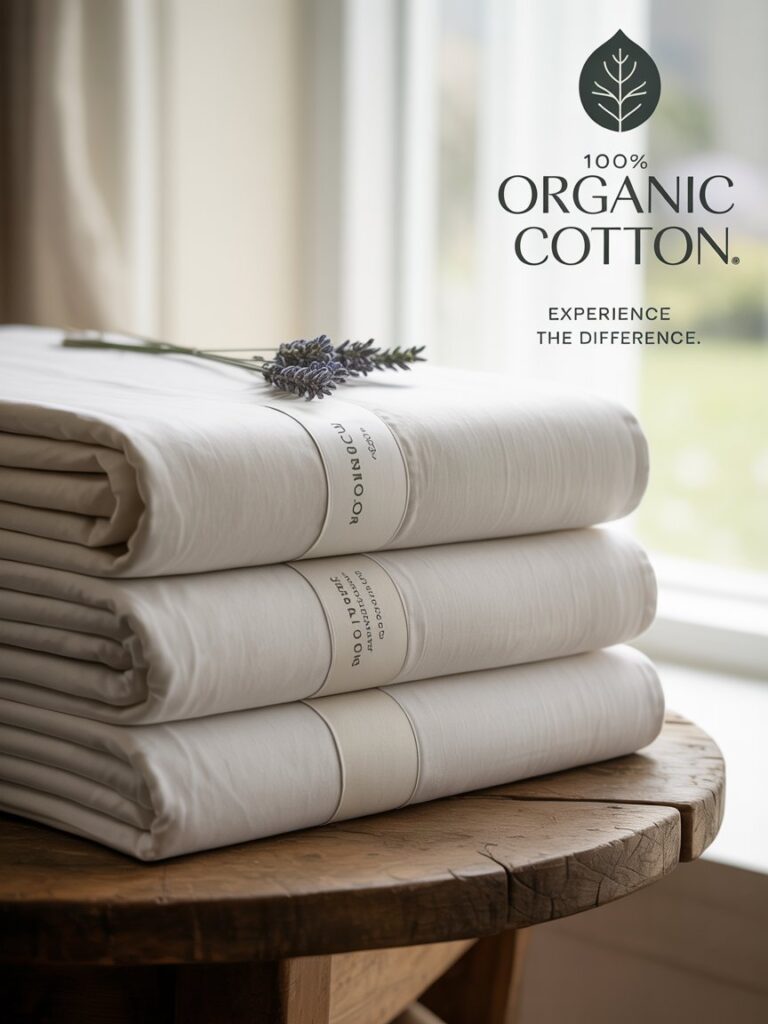
Best Use Cases
Choose Non-Woven if:
- You’re working with a tight budget
- The campaign is short-term
- You need a large quantity quickly
Choose Cotton Sheeting if:
- You want to position your brand as eco-conscious
- You prefer premium-feel products
- The items will be reused or kept long-term
Final Thoughts
While non-woven fabric offers affordability and function for short-term use, cotton sheeting stands out as the better choice for sustainability, longevity, and brand perception. In today’s market where environmental responsibility and product quality are top concerns, investing in cotton sheeting products for your promotional campaigns could give you a competitive edge.
Whichever fabric you choose, ensure it aligns with your brand values, audience expectations, and campaign goals. After all, a well-chosen material can make your promotional product not just functional, but truly memorable.

